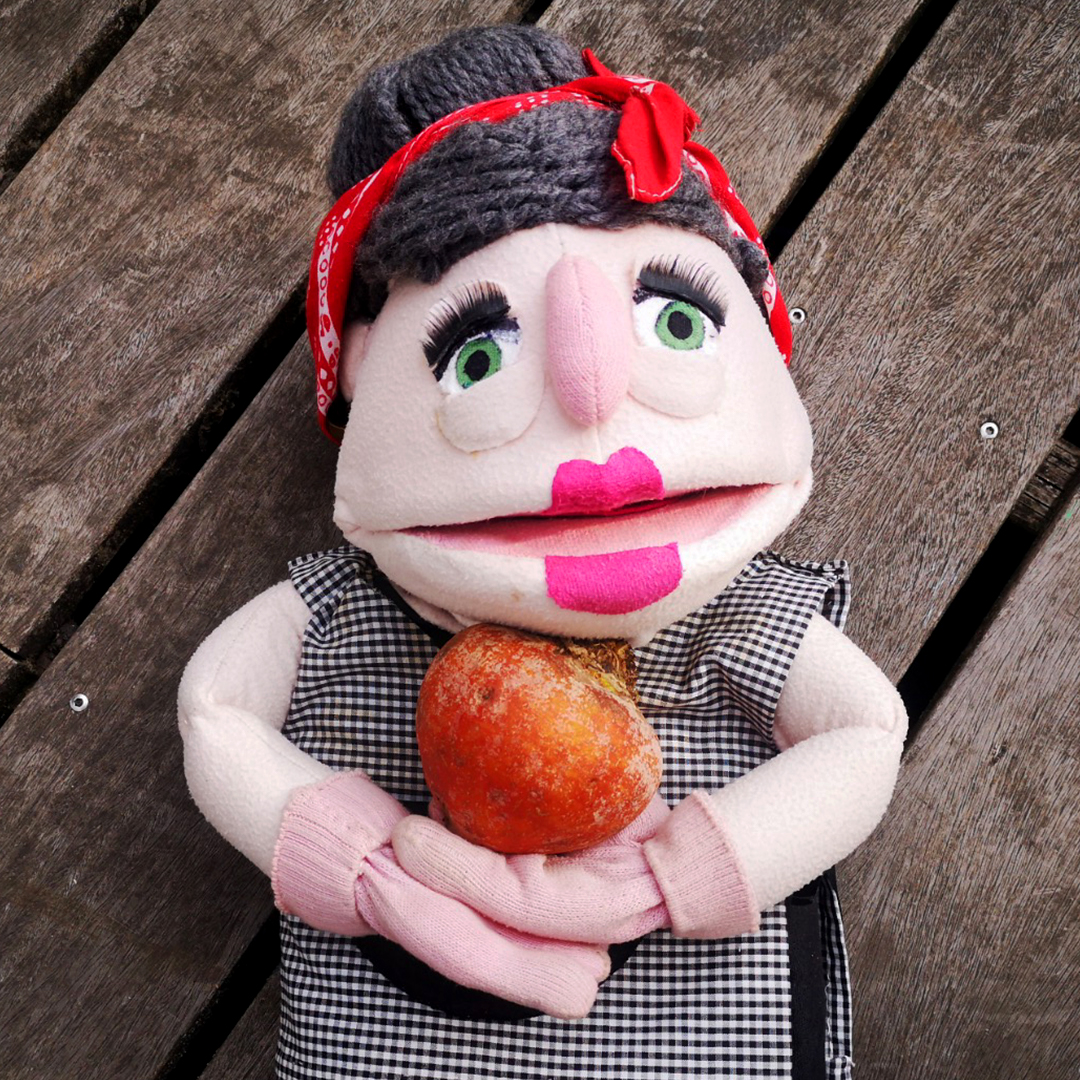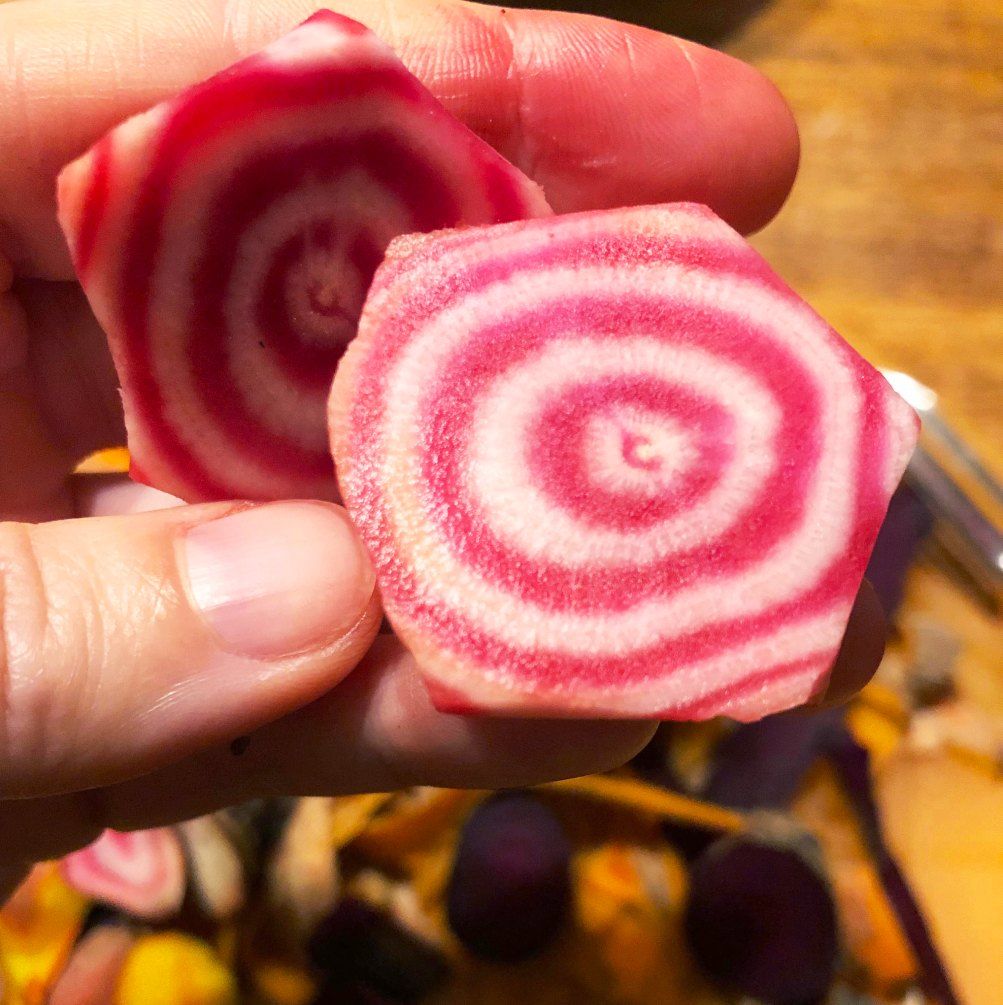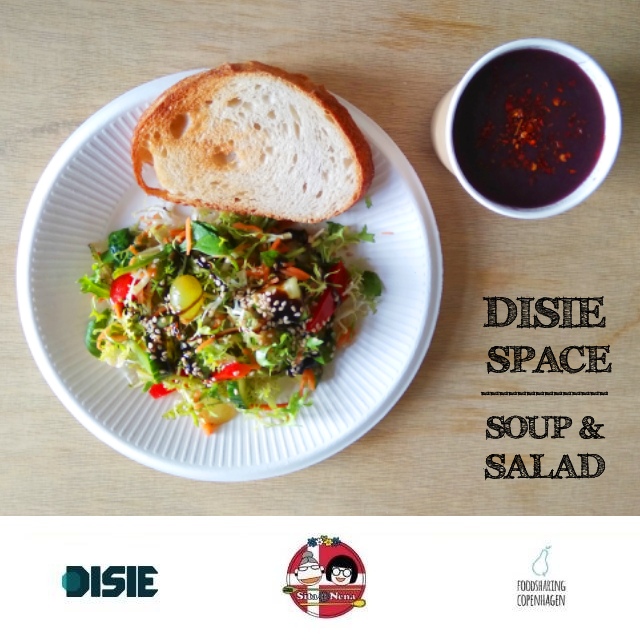Beetroot // vegetable

🌱🍠🤔 Did you know that beetroot leaves and stems are entirely edible and taste like Swiss chard but are sweeter? They are delicious when sautéed as a crispy side dish or tossed in a salad. Beetroot is more usually associated with the depths of winter, but it’s in spring and summer that it is at its best and sweetest. Yeah, time to enjoy delicious beets!
😋 Grandma Sita loves beetroots because there is nothing to waste at all, even you can make roasted beet chips with the peelings of beetroots. However, peeling beets is optional, be aware that the skin is a potent source of healthy nutrients. And what else can this seasonal root offer?
💪 Packed with essential nutrients, beetroots are a great source of fiber, folate (vitamin B9), manganese, potassium, iron, and vitamin C. Root vegetables are packed with beneficial vitamins and health-promoting compounds such as antioxidants.
👩🍳 You will never get bored with this tasty root. It can be roasted, boiled, steamed, or pickled although is most often used raw for tasty salads. In addition, beetroots are great in soups, hummus, smoothies, juices, cakes…


👵❤️ Grandma Sita’s tips:
What can you do with beetroot water?
*When you’re finished, you can either drain the deep-red cooking liquid or save it and use it as the base for a flavourful soup or vegetable broth.
*Water infused with beet juice can even be used as an all-natural dye.
☀️ Fruits and vegetables are a great source of hydration, especially on hot summer days, packed with essential vitamins, minerals, and fiber. Get creative with food and enjoy a season full of yummy plant-based meals.
🌎 Eating local and seasonal fruits and vegetables helps to reduce food waste, saves resources, improves food quality and healthy habits, and boosts the local economy.
